Address
No.88, Qilian Street, High-Tech Zone, Shijiazhuang, Hebei 050000, China
Tel
+86 311 6779 0805
+86 188 4915 5666
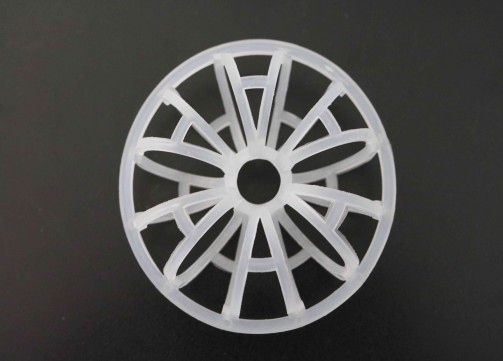
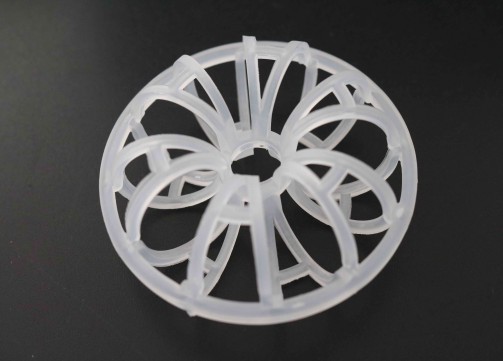
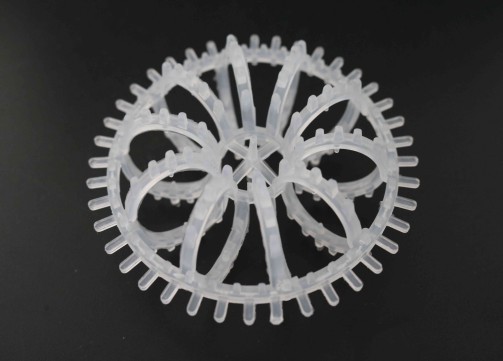
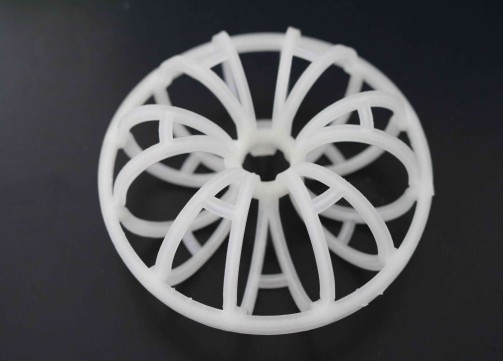
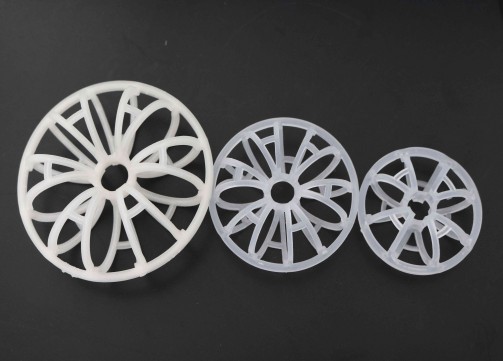
### **Teller Rosette Packing: Overview**
Plastic rosette ring, a type of typical random packing, is made of various plastic materials, has excellent corrosion and chemical resistance performance. It has similar structure with plastic teller rosette ring, which has a bit complex structure than rosette ring.
**Teller Rosette Packing** (or **Flower Ring Packing**) is a high-efficiency random packing widely used in gas-liquid contact processes such as absorption, distillation, and scrubbing. The plastic teller rosette ring, is composed of several small rings in radial distribution and a big ring. The rings are sintered together to maintain high liquid holding capacity. It is characterized by its unique spherical lattice structure, which optimizes mass transfer efficiency while minimizing energy consumption.
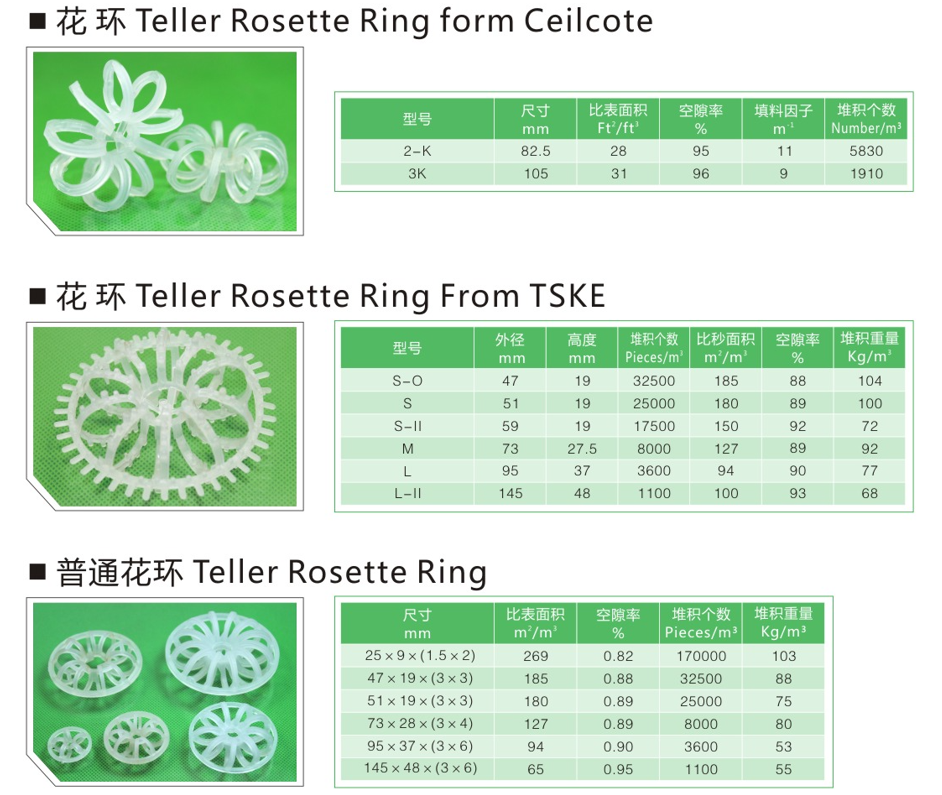
### **Structural Features**
1. **Hollow Multi-Ring Design**:
- Composed of **12 small circular rings** arranged radially around a central axis, forming a flattened spherical shape resembling a coiled spring.
- Internal cavities and external grooves create a **high surface area-to-volume ratio**, enhancing gas-liquid interaction.
- Open windows or perforations on the surface promote **turbulent flow** and reduce liquid flow dead zones.
2. **Material Variants**:
- **Plastic**: Polypropylene (PP), PVC, CPVC, PVDF (resistant to acids, alkalis, and temperatures up to 120°C).
- **Metal**: Stainless steel or aluminum alloy for high-temperature (up to 300°C) and high-pressure environments.
- **Ceramic**: Used in extreme thermal or corrosive conditions.
3. **Enhanced Features**:
- Reinforced ribs or "A-shaped" internal struts improve **mechanical strength** and prevent deformation under load.
- Textured surfaces (e.g., ribbed or toothed edges) enhance liquid redistribution and turbulence.
### **Classification**
1. **By Material**:
- **Plastic Flower Rings**: Most common for general-purpose applications (e.g., PP for gas scrubbing, PVC for wastewater treatment).
- **Metal Flower Rings**: Ideal for dehydration, high-temperature reactors, and corrosive gas treatment (e.g., stainless steel in gas dehydration systems).
- **Ceramic Flower Rings**: Used in sulfuric acid plants or high-temperature gas drying.
2. **By Size**:
- Diameters range from **25 mm to 145 mm**, with smaller sizes (e.g., 25 mm) for precision processes and larger sizes (e.g., 145 mm) for high-capacity systems.
3. **By Design**:
- **Standard Flower Rings**: Smooth surfaces for general use.
- **Toothed/Textured Flower Rings**: Improved turbulence and liquid retention.
- **A-Type Flower Rings**: Reinforced structure to prevent overlapping and increase effective surface area by 40%.
### **Key Advantages**
1. **High Mass Transfer Efficiency**:
- **Void rates up to 97%** and high liquid holdup extend contact time between phases, improving separation efficiency.
- Achieves **3–5 theoretical plates per meter**, outperforming traditional Raschig rings by 2–5 times.
2. **Low Pressure Drop**:
- Open structure reduces flow resistance, saving energy in large-scale systems.
3. **Corrosion and Temperature Resistance**:
- Plastic variants withstand acids (HCl, SO₂) and alkalis, while metal/ceramic types tolerate extreme conditions.
4. **Lightweight and Easy Installation**:
- Plastic variants weigh **90–120 kg/m³**, reducing tower load and labor costs.
5. **Anti-Clogging Design**:
- Internal cavities and surface perforations prevent blockages in systems with particulate-laden fluids.
### **Applications**
1. **Gas Scrubbing**:
- Removal of **SO₂, NOx, HCl**, and other acidic gases in environmental scrubbers.
2. **Wastewater Treatment**:
- Aeration tanks for biological oxygen transfer and organic pollutant degradation.
3. **Distillation and Absorption**:
- Solvent recovery, chlorine drying, and hydrocarbon separation.
4. **Cooling Towers**:
- Heat dissipation through enhanced evaporation and liquid distribution.
5. **Chemical Reactors**:
- Catalyst support and reaction media in petrochemical processes.
### **Comparison with Other Packings**
- **Vs. Pall Rings**:
- Flower rings offer **lower pressure drop** and **higher liquid holdup** but slightly **lower mechanical strength** in plastic forms.
- **Vs. Structured Packing**:
- Easier to install and more cost-effective, though less efficient in ultra-high-purity separations.
### **Conclusion**
Teller Rosette Packing excels in balancing efficiency, energy savings, and operational flexibility. Its adaptability to diverse materials and process conditions makes it indispensable in industries ranging from environmental engineering to petrochemical refining. For technical specifications or custom designs, refer to manufacturers' data sheets.